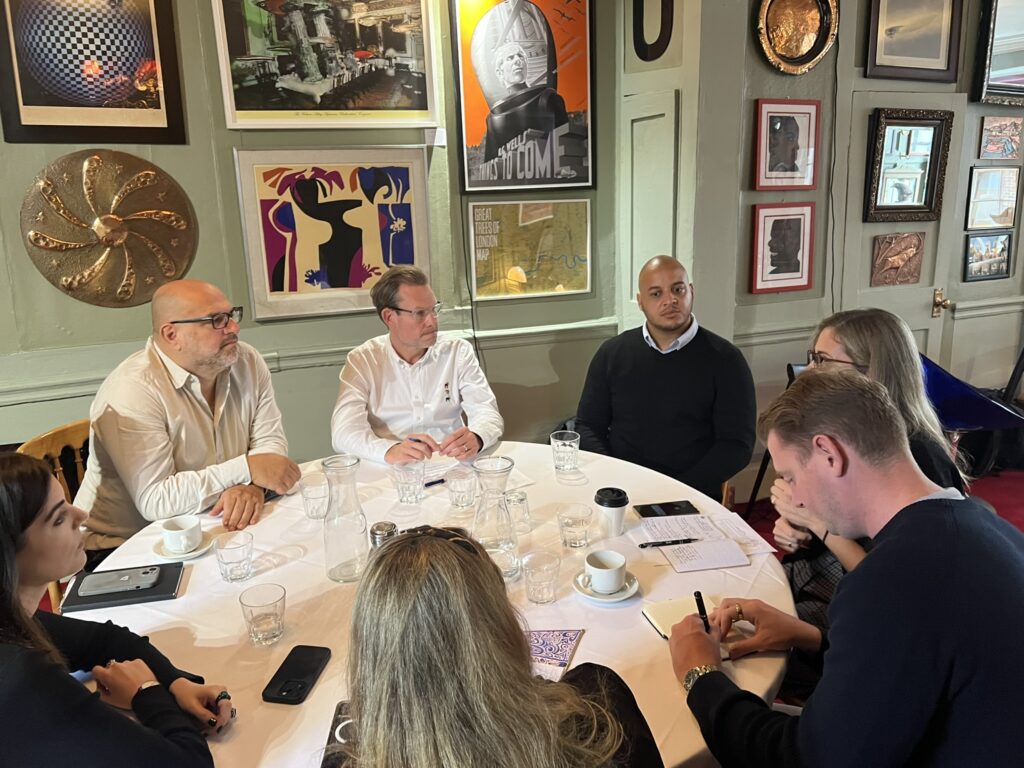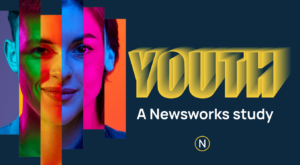The latest roundtable from NDA, in partnership with EX.CO brings together experts from publishers looking to embed video in owned, operated and social in a way that delights both their audiences and advertisers.
Video is increasingly in demand, on demand. Editorial publishers are seeing this too, with video adding context and rich engagement. The trouble is, for most editorial, it’s not the primary reason people visit their site and it doesn’t come cheap.
“It’s expensive and you need to cover your costs. It’s not cheap unless you get a brand to pay for it but then that’s advertorial,” admits George Odysseos, Chief Commercial Officer, Planet Sport, adding that you can’t even shortcut to using social sources. “Social isn’t produced content half the time. It’s innovative and there’s some excellently filmed stuff on an iphone, but it’s hard to get ROI.”
It’s not just the expense. Publishers have also struggled with the classification of their content. The majority is accompanying content rather than true in-stream which caused issues with SSPs when it was classified otherwise. But, as accompanying content, CPMs dip. Both The Independent and Reach have first-hand experience of the struggle.
“When the IAB first launched the reclassification, we didn’t see any immediate shift. It felt like a lot of the SSPs and DSPs weren’t ready to act on it,” suggests Leslie Harris, Head of Digital Partnerships and Video, Reach. “We saw more movement from April, after Google enforced their vpmute signals, which we adjusted to.ideo isa huge pillar of our strategy.”
Even though some of the goalposts have shifted, when it comes to muted autoplay for example, participants noted that, as long as KPIs are met, there’s still value. “The performance metrics are the same,” notes Meena Miles, Director of Ad Ops, The Independent. “The sales guys now have to go and sell it again as a different form of video, even though they’ve been buying [the same video] for however many years.”
Indeed, sound-off is a bonus in itself. “We created a direct product earlier this year akin to social. Video content for advertisers called EDITS,” reveals Nicole Pottier, Group Partnerships Director at Mail Metro Media. “We distribute it across our owned, operated and social where we’re more used to that sound off, reading, subtitles environment so it feels natural. We’ve had great success with it.”
The distinction between asset creation for social, and video that sits natively in editorial is an important one, because it impacts how easily such content can be produced – and bought. “A lot of assets are being created based on the fact that this video will run across everything and be easy to do. But although it’s seen a lot on social, these budgets sit completely separately within agencies so I imagine that a lot of planning and buying teams in agencies don’t even know they have vertical video as an asset,” explains Stevie Antonioni, Chief Commercial Officer, The Spectator.
Of course, the halo effect of having video next to powerful editorial is key and so the relationship with the editorial team is critical. Especially when subscribers are considered.
“We started working with The Telegraph. They have subscribers. How much do you want to be ad free for them?” asks Alex Dawson-Smith, Business Development Director, EX.CO. “A video unit is a good place to start because it’s relevant. The approach is to put an ad in before that. It’s not loading it with display. My biggest challenge is always editorial.”
“We have a Head of Video, and growing Video Team so it’s a massive thing for us,” says Meena Miles, Director of Ad Ops, The Independent, “but user experience is important. At the moment, 70% of our site contains video. But there’s a balance between monetising video, having the right number of pages with video and trying to find that sweet spot.”
Much has been made about the potential of AI and content creation, but it is largely in the distribution of content where participants see its value. Antonioni reveals that AI is becoming part of the conversation at The Spectator, “It’s how we use really smart technology to take what is already great about what we do and create some efficiency then build on it.” She suggests making sure preferred writers are surfaced to their audience as often as possible or making sure articles and video appear within the right context.
“AI isn’t ready to do creative strategy yet, so it’s still doing insight and data. As a creative person, humans are important for creative strategies but for efficiencies, AI is great,” adds Pottier. That’s before we get into the compliance issues, which Harris identifies as a significant consideration. “Every single use of AI has to get verified and signed off. We’re very careful with it.”
The temptation of AI is that it might cut costs, which circles back to the start of the conversation, around how video content is funded. Could it be that the buy side holds too many of the cards for the balance ever to swing – if not in favour of the publishers, then in a more equitable fashion for both that still promotes strong content?
“If we want a better ecosystem on the basis that we need ad revenue to fund good content, there’s a need to work on the bigger picture. That needs collaboration from the buy side, to understand what agencies want,” suggests Odysseos. “But all you get back is that agencies are time poor.”
For Harris, it is – as ever – about balance. “It’s never been about just video. The relationships we have with agencies and DSPs are transparent and built on a multi-platform approach rather than siloed by product. We’re doing a lot of demand path optimisation and page optimisation, finding the balance between ad slot and ad type, as well as content.”
Dawson-Smith agrees: “There needs to be a level of consistency that hasn’t happened in the market yet. I’d hope that, in a year’s time, we all know where we are in terms of how much spend can go towards video, and there are no more tweaks – sound on, sound off, that sort of thing.”
Quality will be key, and publishers recognise that they, too, have a role to play in making the introduction of video easier for all concerned. “It’s a challenge for advertisers to create video because it’s a heavy lift. It’s our job to reduce that lift and make it more straightforward,” Pottier admits.
Collaboration, balance and paying for a quality product that delivers on every level. Some might say that’s a big ask, but positive steps in every direction, video is well on the way to being a publisher’s star.











